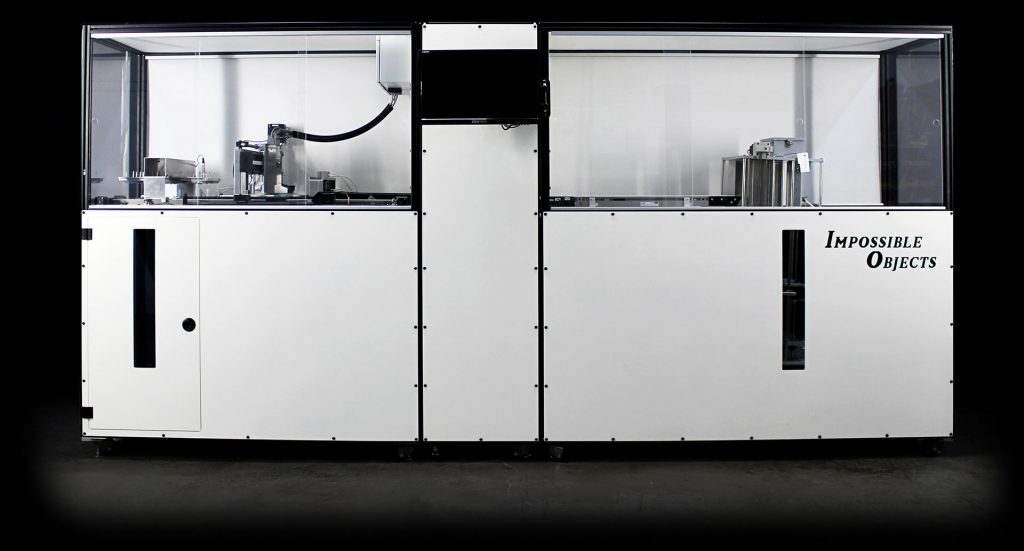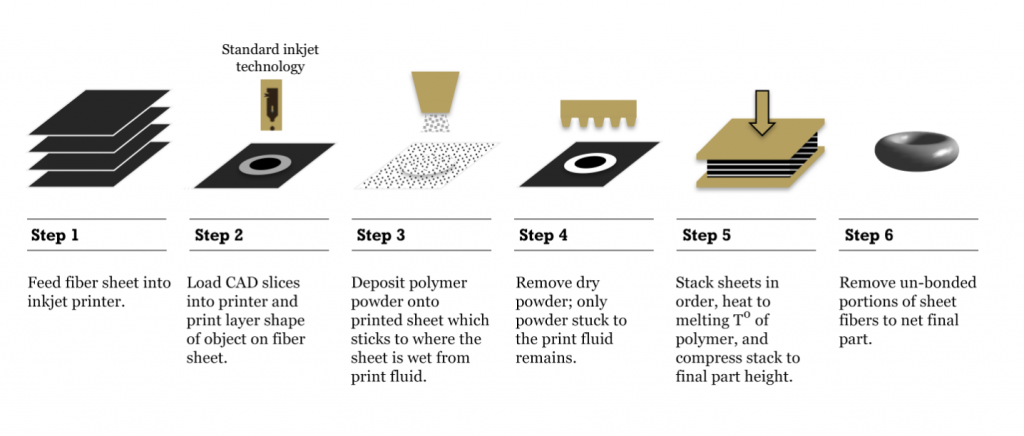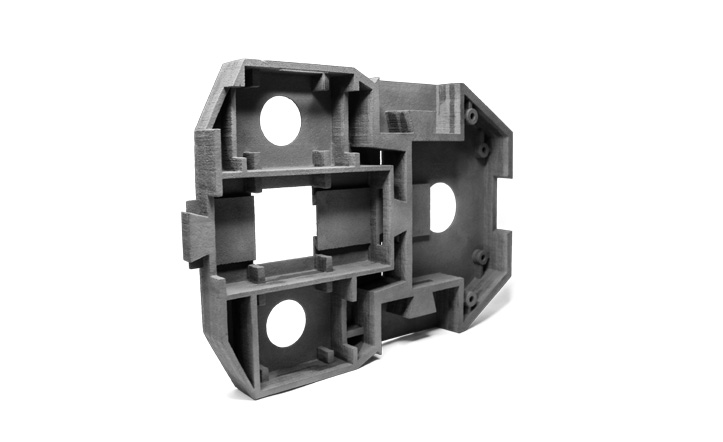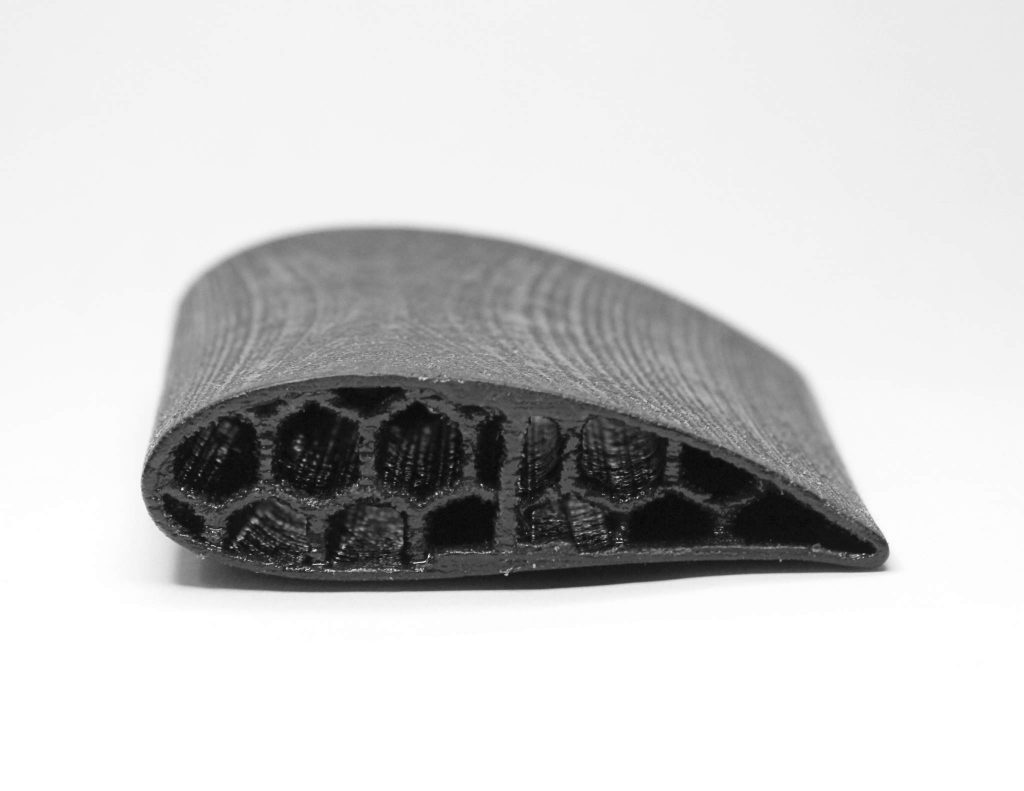Composite-based additive manufacturing (CBAM) developer Impossible Objects has announced the raising of $6.4 million in series A funding. The sum means that, to date, the company has secured a total of $9.2 million in investment led by tech equity specialist OCA Ventures.

At Rapid + TCT 2017 Impossible Objects released the pilot of its CBAM Model One 3D printer. U.S. based global manufacturing company Jabil is the firm’s first customer, and stocks the Model One alongside Nano Dimension’s DragonFly 2020 and HP’s Multi Jet Fusion 3D printer both acquired ahead of commercial availability.
CBAM – how does it work?
Impossible Objects’ CBAM technology creates composite material prints by fusing together fiber sheets, such as carbon, Kevlar and glass. Each fiber sheet is printed with an inkjet layer of adhesive corresponding to a single layer of a sliced object. The sheet is then sprayed with a polymer powder which stick to the wet relief.
Multiple sheets of a chosen fiber, with added polymer layers, are stacked on top of each other and bonded under heat and compression. Afterwards, unbonded material is removed leaving a finished, 3D printed part.

According to Impossible Objects “CBAM can replace conventional manufacturing techniques while offering greater geometric complexity.”
Aurora Flight Sciences is another pilot user of the Model One 3D printer. Recently acquired by Boeing, the company specializes in the “design and construction of special-purpose Unmanned aerial vehicles.”

3D printing for end use
Robert Swartz, founder and Chairman of Impossible Objects, says that the company has seen more demand for CBAM technology as the 3D printing industry looks towards production for end-user parts.
In a statement Swartz explains, “We’ve seen incredible momentum as more corporations are looking to additive manufacturing for production purposes and not just prototypes or low volumes. These companies need strong parts that can be made fast.”
Impossible Objects CEO Larry Kaplan adds, “We’re just scratching the surface at how fast we can build parts and materials at This funding will only accelerate our ability to develop our technology and roll it out to the biggest companies worldwide.”

Availability
Commercial units of the Impossible Objects Model One 3D printer are expected sometime in 2018. In the meantime the pilot program is still available on a selective basis.
To stay up to date with the Model One’s release and more 3D printer hardware, software and materials news, sign up to our regular newsletter and find us on Facebook/Twitter.
Register here for 3D printing jobs.
Featured image shows Blended design and 3D printed “impossible object”. Image via Impossible Objects

Leave A Comment